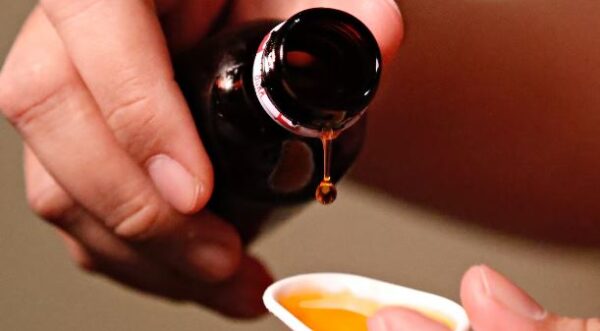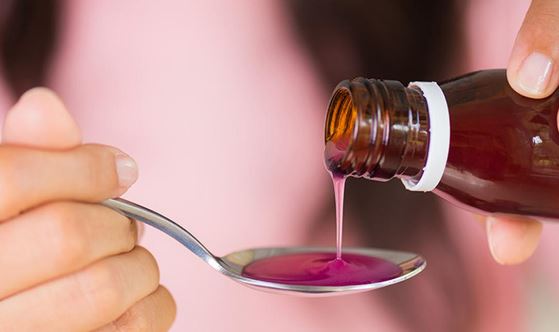Lifestyle
From cough syrup to balloon gas, here are crazy things people do to get high

The quest for altered states of consciousness has led people to experiment with a variety of substances, some of which can be incredibly dangerous.
1. Cough syrup
One of the most commonly abused substances for getting high is cough syrup, specifically those containing dextromethorphan (DXM). When taken in large quantities, DXM can produce hallucinations and a sense of euphoria.
However, this practice, often referred to as “robotripping,” can lead to serious health risks including impaired motor function, nausea, and even death.
2. Balloon gas (nitrous oxide)
Known as “laughing gas,” nitrous oxide is another substance people misuse to get high. Often inhaled from balloons at parties, it induces a brief, intense euphoria and a feeling of detachment from reality.
Despite its seemingly harmless appearance, nitrous oxide can cause oxygen deprivation, resulting in serious neurological damage or even sudden death.
3. Household inhalants
Common household products such as glue, paint thinners, and aerosol sprays are sometimes used as inhalants to achieve a high. The inhalation of these volatile substances can lead to immediate effects like dizziness, euphoria, and hallucinations.
However, the practice, known as “huffing,” is extremely dangerous, posing risks of brain damage, respiratory issues, and sudden cardiac arrest.
4. Prescription medications
Prescription medications, particularly opioids and benzodiazepines, are frequently abused for their psychoactive effects. Drugs like oxycodone, hydrocodone, and Xanax can produce intense feelings of relaxation and euphoria.
However, misuse of these medications can lead to addiction, overdose, and severe health complications.
5. Over-the-counter medications
Some over-the-counter medications, such as antihistamines and sleep aids, are misused for their sedative and hallucinogenic properties.
Diphenhydramine, found in Benadryl, can cause hallucinations and a sense of detachment when taken in large doses. However, such misuse can lead to heart problems, seizures, and potentially fatal overdoses.
6. Nutmeg
Surprisingly, nutmeg, a common kitchen spice, is also abused for its psychoactive effects. Ingesting large quantities of nutmeg can induce hallucinations and euphoria due to the presence of myristicin.
However, the experience is often accompanied by unpleasant side effects such as nausea, dizziness, and a hangover-like aftermath
The lengths to which some individuals will go to achieve a high can involve dangerous and unpredictable substances, from everyday household items to medications.
These practices not only pose significant health risks but also highlight the need for better education and awareness around substance misuse.
While the pursuit of altered states of consciousness is a longstanding human desire, it is crucial to understand the potential consequences and to seek safer, healthier ways to cope with life’s challenges








